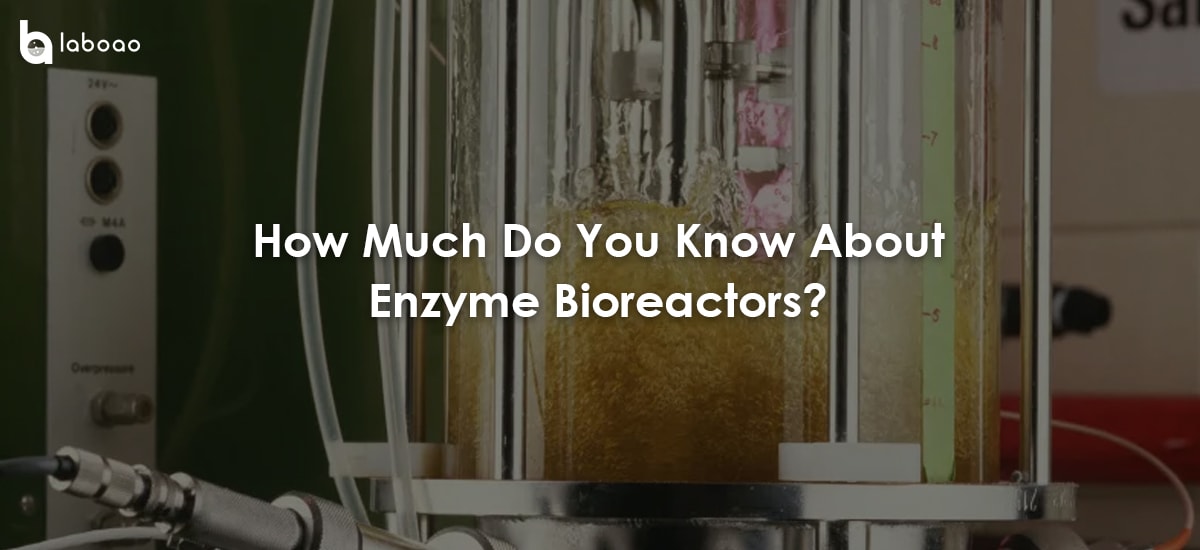
Classification of enzyme bioreactors
According to different types of enzyme catalysts
Enzyme reactors can be divided into free enzyme reactors and immobilized enzyme reactors.Immobilized enzyme reactors can be divided into immobilized single enzymes, complex enzymes, organelles, and cells.
Enzyme catalytic bioreactors are classified according to their type and mode of operation
Divide based on geometric shape or structure
Enzyme reactors can be roughly divided into three categories: tank type, tube type and membrane type.Each category has multiple types, and some reactors can be combined with each other to form enzyme reactor systems with different performances.Tank-type reactors are generally equipped with a stirring device, so they are called "mechanically stirred bioreactors" and are suitable for the various operations mentioned above.
Tubular reactors and membrane reactors are generally used for continuous operation. Tubular reactors with relatively larger diameters and shorter lengths are also called tower reactors.At present, the saccharification tanks and liquefaction tanks widely used in the fermentation industry are typical enzyme reactors.
The first requirement for successful continuous operation of an enzyme reactor is to confine the enzyme to a certain area to react with the substrate.When using a continuously operated reactor, since the flow state of the fluid in the reactor will affect the conversion rate of the substrate, it is important to grasp the flow state of the reaction solution and the mixing degree of the fluid.
According to the characteristics of fluid flow
Continuously operated enzyme reactors can be divided into piston and fully mixed flow reactors.
Piston flow means that the reaction liquid has a strictly uniform velocity distribution in the radial direction within the reactor. The flow is like a piston movement, and the reaction speed only changes with different spatial positions.
Totally mixed flow means that the mixing in the reactor is strong enough so that the concentration distribution in the reactor is uniform and does not change with time.
Of course, this is also an idealized assumption. It is the other extreme ideal flow pattern corresponding to piston flow.The above-mentioned idealized flow pattern does not exist in an actual enzyme reactor because the flow state and parameters such as temperature and concentration change with spatial location or time.
Compared with the continuous operation of the piston reactor CPFR using a continuously operating stirred reactor (CSTR) for enzymatic reactions, although there are obvious differences in structure and flow state, if the elapsed time and residence time both focus on the same In terms of fluid elements, the two reactors have similar characteristics.
That is, in a CPFR reactor, the state of a specific location depends on the time the fluid exists in the reactor when it passes through this location, so from this point of view, the two reactors are similar.